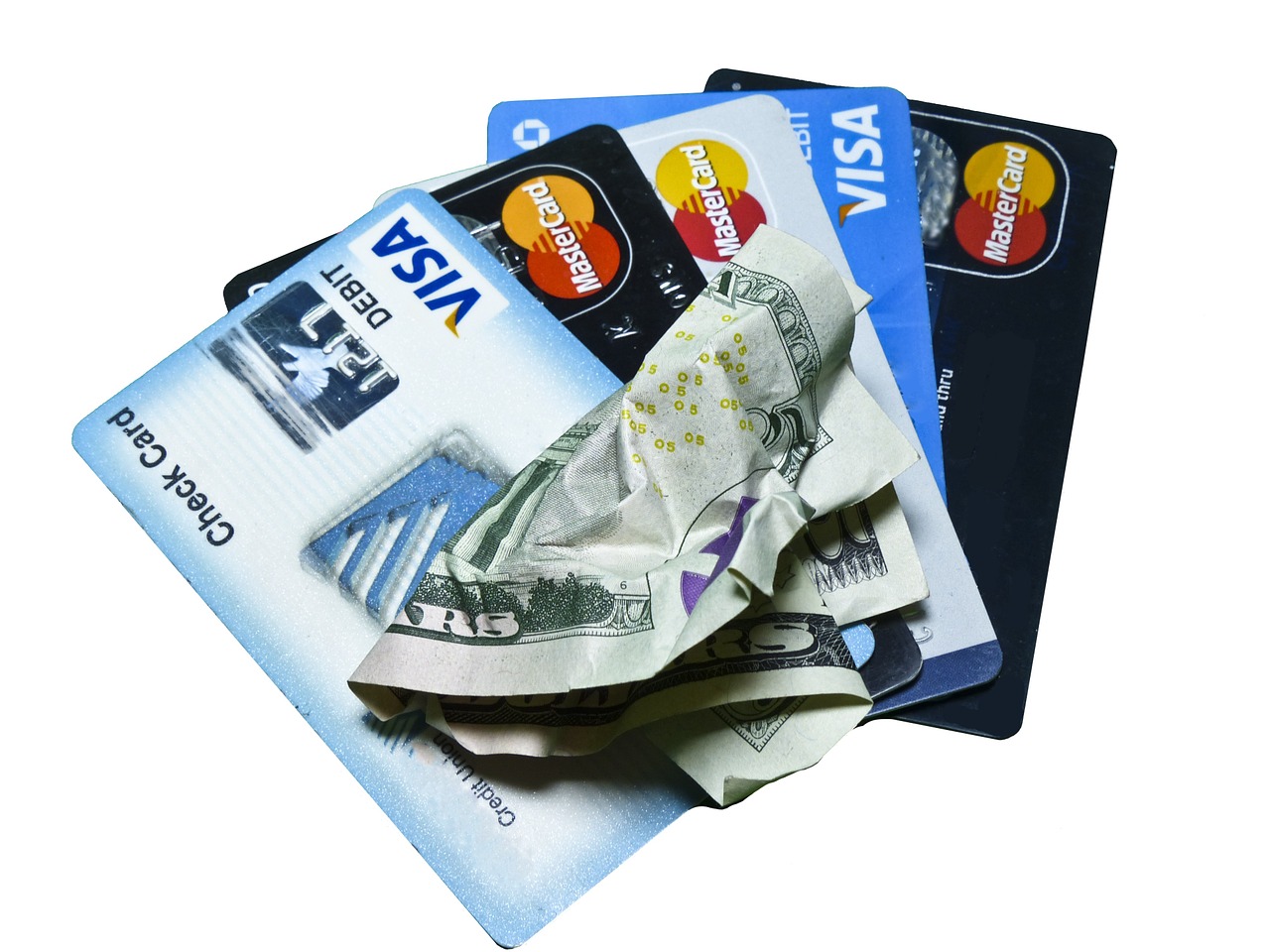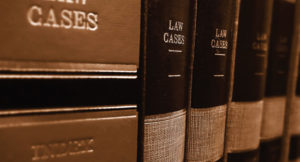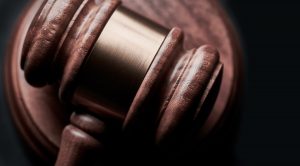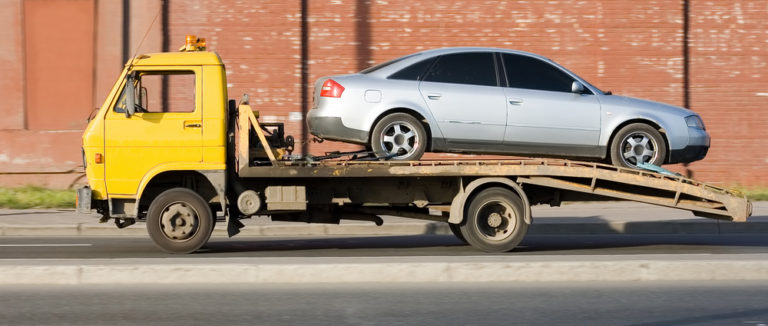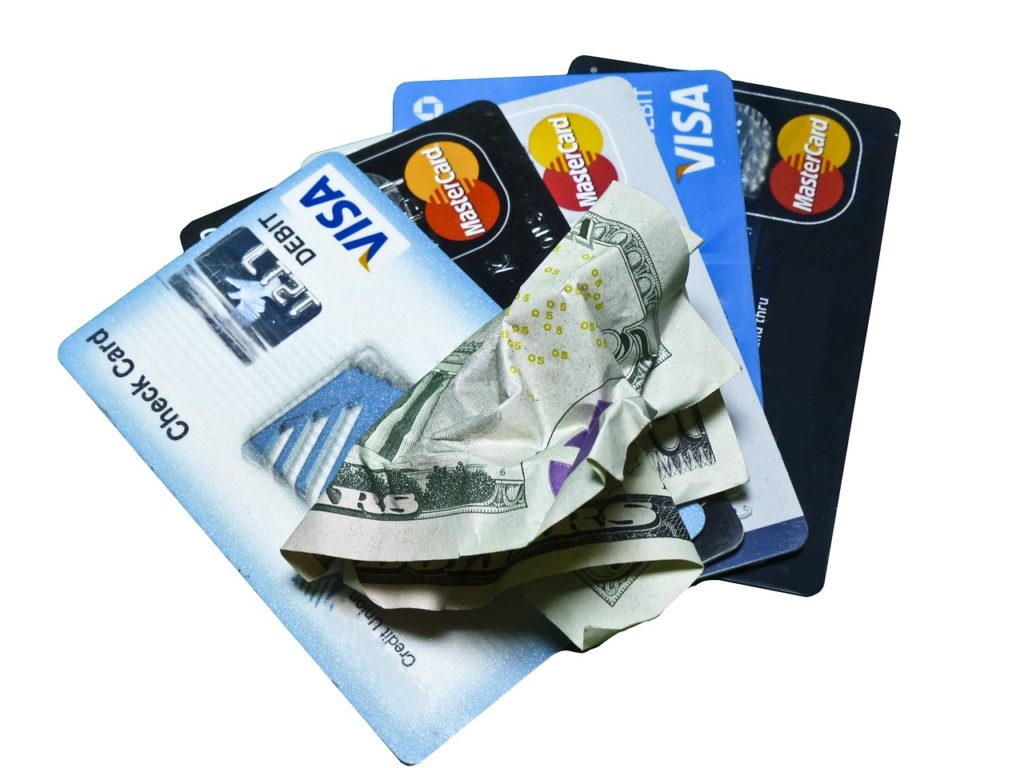
When a debtor is filing for bankruptcy he or she must disclose all creditors in the official bankruptcy paperwork. Anyone with a right to payment must be listed in the bankruptcy schedules. Filing bankruptcy and accurately listing your creditors may not be as easy as it might sound. The Law Office of Brent M. Myer, PLLC, Stuart FL can help.
For starters, you will categorize the creditor as either secured or unsecured. Secondly, you will divide the unsecured creditors into 2 sections: priority and nonpriority unsecured creditors. Knowing what each type of debt is will help you be able to accurately list the creditor in your schedules.
Types of Creditors
Secured Creditors – A secured creditor is a creditor which has collateral (property) which secures its debt. For instance, a mortgage lender’s loan is secured by the borrower’s home. Another common example of a secured creditor is a vehicle finance company.
Unsecured Creditors – An unsecured creditor is owed a debt which is not secured by any property. The following are common unsecured creditors: credit card companies, hospitals, and doctors. In addition, loans with banks, finance companies, friends, and family which are not secured by some property are unsecured debts.
Priority Creditors – A priority creditor is owed a debt which the Bankruptcy Code pushes to the front of the line when paying unsecured creditors. The Bankruptcy Code designates what types of debts receive priority status among unsecured creditors. For instance, child support obligations and some income tax debts are afforded priority status.
Listing Creditors in Your Bankruptcy Paperwork
To get a bankruptcy case started you will need to complete and file the official bankruptcy forms. The Petition is where you’ll disclose identifying information, such as your name, address, and the bankruptcy chapter you’re filing. You’ll provide the details about your income, creditor claims or debts, and assets in various forms called Schedules.
Creditors will be listed in one of two schedules:
● Schedule D: Any debt secured by property is listed in this schedule. So your mortgage debt and vehicle loan will be listed here.
● Schedule E/F: Unsecured creditors are listed in this schedule. However, this schedule has two parts – one for priority unsecured debts and one for nonpriority unsecured debts.
○ Part 1: Priority unsecured debts, such as child support and some income taxes.
○ Part 2: Nonpriority unsecured claims, such as credit card debt, medical bills, student loans, and unsecured loans.
What Happens to Secured Creditors in Bankruptcy?
The bankruptcy discharge, the order that wipes out a debt, does not eliminate liens against property – it only eliminates the personal liability to pay the debt. So a secured creditor’s lien is not affected by the bankruptcy discharge.
Since the lien remains in place, a secured creditor can still foreclose or repossess the property if you default on the loan. So when you file for bankruptcy and you want to keep property securing a loan, you’ll have to continue making payments to the lender until you pay off the debt.
What happens to Nonpriority Unsecured Creditors?
A bankruptcy discharge will eliminate most types of nonpriority unsecured debt. For instance, credit card debt, medical bills, vehicle and mortgage deficiencies, and personal loans are all eliminated by the bankruptcy discharge. These types of creditors are not able to collect on the debts after a completed bankruptcy.
However, you must list the nonpriority unsecured creditor in your schedules so that it receives notice of the bankruptcy filing in order to discharge the debt. If you fail to list a creditor in your schedules and it is not notified of the bankruptcy, then the debt will not be discharged.
While student loans are a nonpriority unsecured debt, they ordinarily are not discharged in bankruptcy. In order to discharge a student loan in bankruptcy, you must prove that repayment of the student loan amounts to an undue hardship. It is very difficult to prove undue hardship. As a result, student loans are generally non-dischargeable in bankruptcy.
What happens to Priority Unsecured Creditors?
Priority unsecured debts are not discharged in a Chapter 7 Bankruptcy. In addition, they get special treatment over nonpririoty unsecured creditors when property is liquidated by the Chapter 7 Trustee. Priority unsecured creditors get paid before nonpriority unsecured creditors. Examples of priority claims are alimony, child support, select tax obligations and debts for personal injury or death caused by a DUI.
Since you are unable to discharge priority debts in Chapter 7 bankruptcy, you will be responsible for paying any balance that remains after your Chapter 7 case.
However, if you opt to file for Chapter 13 bankruptcy, you will have to pay off priority unsecured debts in full utilizing a three- to five-year repayment plan.
At the Law Office of Brent M. Myer, PLLC, we understand that filing for bankruptcy is sometimes the only option. We are here to help you determine which type of bankruptcy is right for your situation. Contact us today at (772) 873-7794 to set a time to discuss how we can assist you with your claim.
